Table of Contents
Introduction to Dill and Its Substitutes
Dill is a versatile herb known for its fresh, slightly tangy flavor that adds a bright note to many dishes. It's commonly used in soups, salads, pickles, and fish recipes. However, if you find yourself without dill or want to experiment with different flavors, knowing the best dill substitutes can save your meal from disaster. Whether you're an advanced cook or just starting out, this guide will help you navigate the world of dill alternatives with ease.
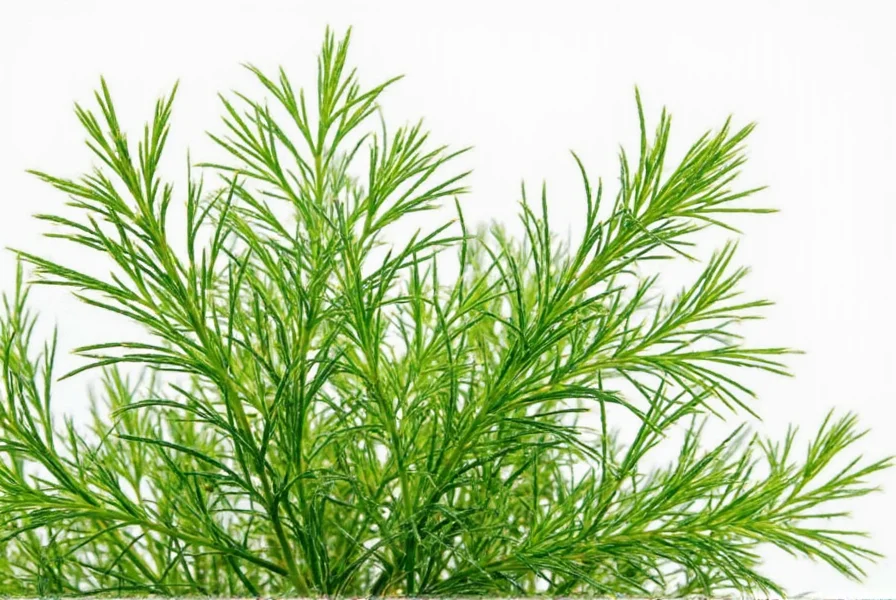
Why You Might Need a Dill Substitute
There are several reasons why you might need a dill substitute:
- You've run out of dill and don't have time to go to the store.
- You're looking for a different flavor profile in your dish.
- You're trying to make a recipe more accessible by using common herbs.
- You have allergies or dietary restrictions that prevent you from using dill.
Knowing which herbs can stand in for dill will ensure your cooking stays on track—no matter what.
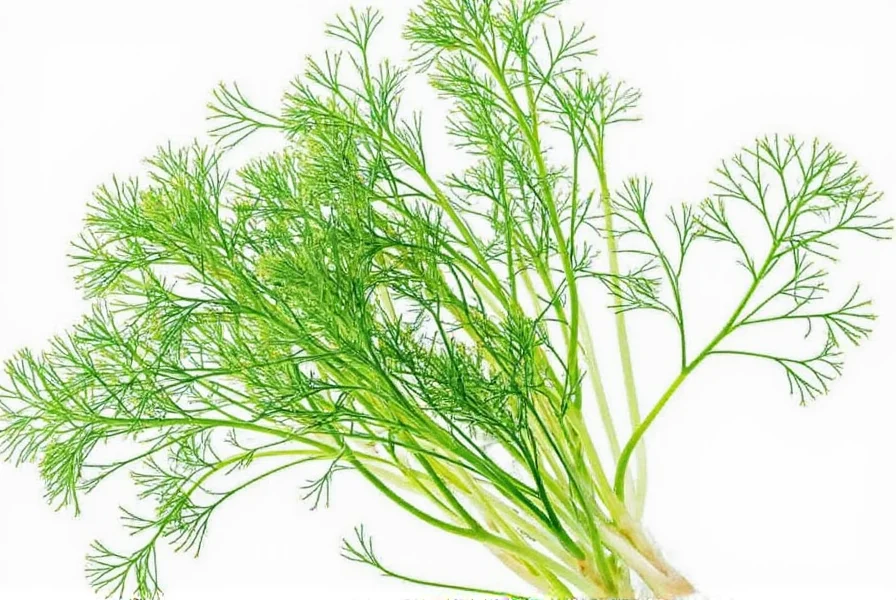
The Best Dill Substitutes for Your Recipes
When it comes to dill substitutes, the key is to match the flavor and texture as closely as possible. Here are some of the top options:
Cilantro
Cilantro is often used in Mexican and Asian cuisine, but it can also work well as a dill substitute. While it has a slightly different flavor (more citrusy and sharp), it can add a similar freshness to dishes like salads or fish. Use it in equal amounts to dill.

Fennel Fronds
Fennel fronds have a mild, licorice-like flavor that's reminiscent of dill. They work especially well in seafood dishes and can be used in place of dill in most recipes. Just keep in mind that fennel has a stronger taste, so use it sparingly.
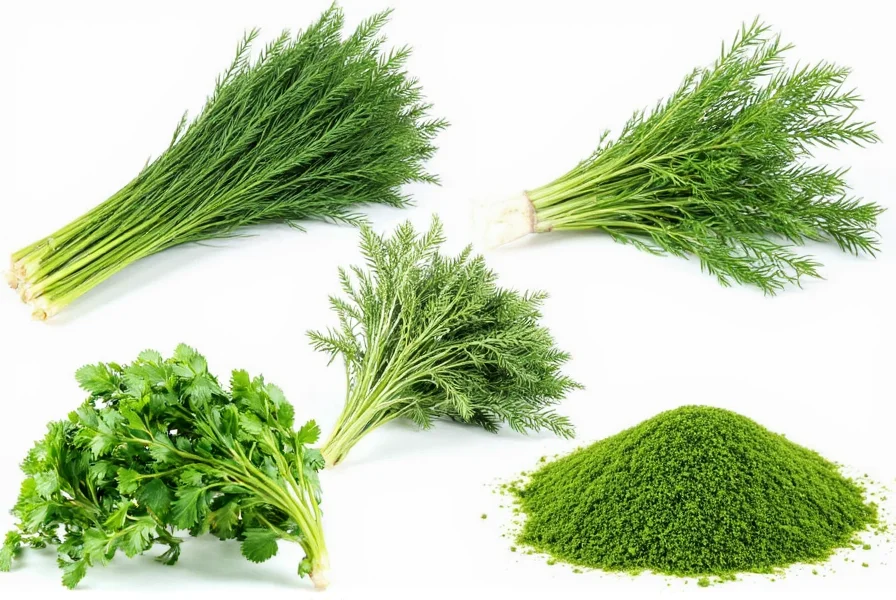
Parsley
Parsley is one of the most common substitutes for dill. It has a milder flavor but still provides a fresh, green note that complements many dishes. Use it in the same quantity as dill, and adjust based on your taste preferences.
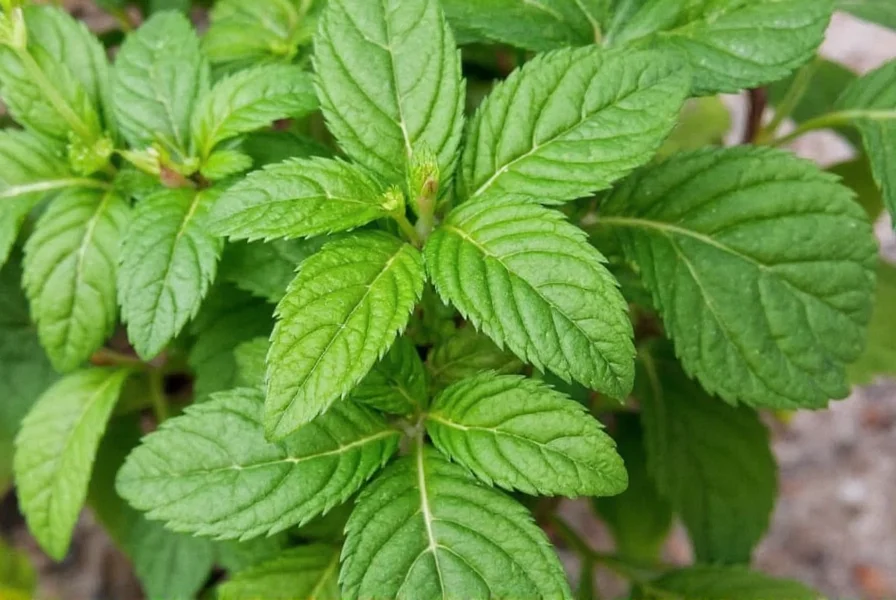
Chervil
Chervil is a delicate herb with a subtle anise-like flavor that's very similar to dill. It's often used in French cuisine and can be a great alternative in soups, salads, and sauces. Use it in a 1:1 ratio for the best results.
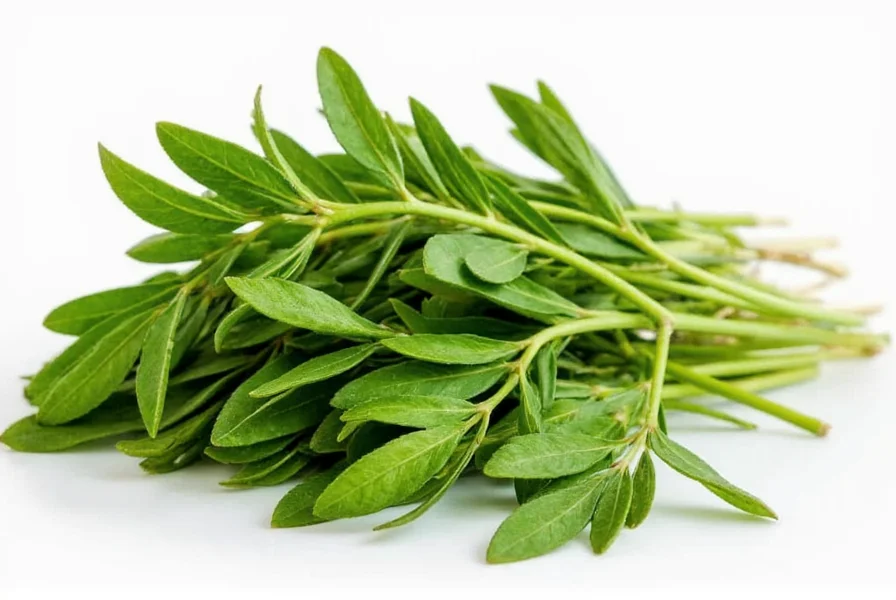
Coriander Seeds
If you only have coriander seeds on hand, they can be used as a substitute for dill in certain recipes. Toast the seeds lightly and grind them before using. This works well in baked goods, stews, or grain dishes where a warm, nutty flavor is desired.

How to Use Dill Substitutes Effectively
Using dill substitutes effectively requires a bit of experimentation, but here are some tips to get you started:
- Start with small amounts: Herbs can be strong, so begin with a smaller portion and adjust to taste.
- Consider the dish: Some substitutes work better in certain types of food than others. For example, parsley is great in salads, while fennel fronds shine in seafood dishes.
- Use fresh over dried: Fresh herbs generally offer a more vibrant flavor, so try to use them when possible.
- Combine herbs for balance: If you're unsure about a single substitute, consider mixing a few for a more complex flavor profile.
Remember, the goal is to enhance the dish—not overpower it. With a little practice, you'll be able to confidently swap out dill without sacrificing flavor.
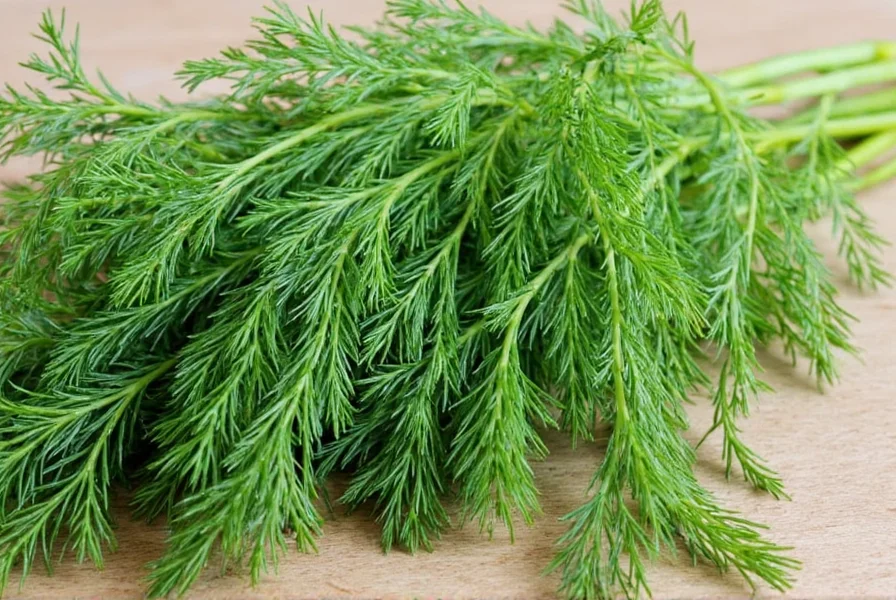
Buying Guide for Dill Alternatives
Whether you're shopping for fresh herbs or dried versions, understanding the differences between dill substitutes can help you choose the right one for your needs. Below is a detailed buying guide to assist you:
Cilantro
Features: Bright green leaves with a distinct, citrusy aroma.
Advantages: Readily available, great for adding a fresh kick to dishes.
Use Cases: Salads, salsas, tacos, and seafood.
Target Audience: Home cooks and chefs who enjoy bold, fresh flavors.
Suitable Occasions: Casual meals, summer grilling, and ethnic cuisine nights.
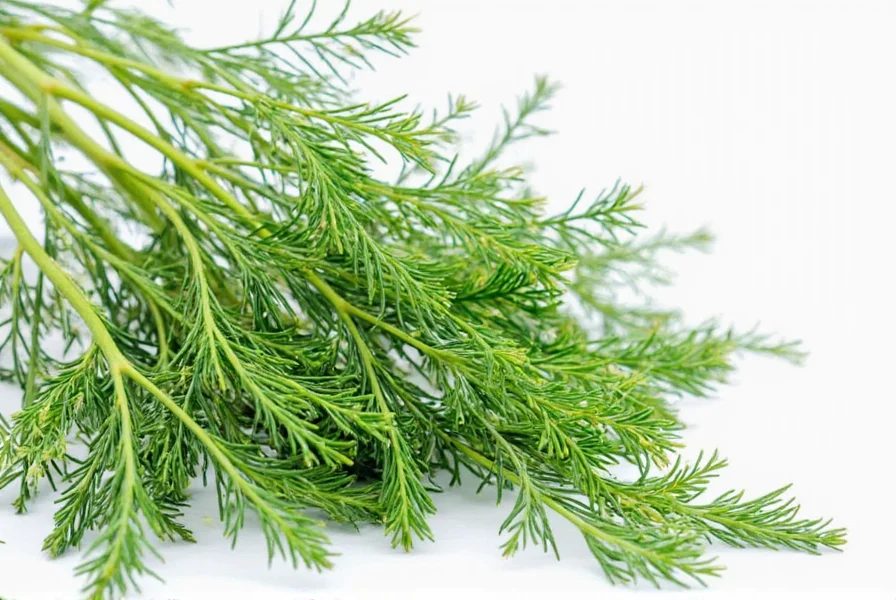
Fennel Fronds
Features: Delicate, feathery leaves with a faint licorice scent.
Advantages: Adds a unique, aromatic quality to dishes.
Use Cases: Fish, soups, and creamy sauces.
Target Audience: Culinary enthusiasts and those interested in Mediterranean cuisine.
Suitable Occasions: Elegant dinners, seafood platters, and gourmet cooking.
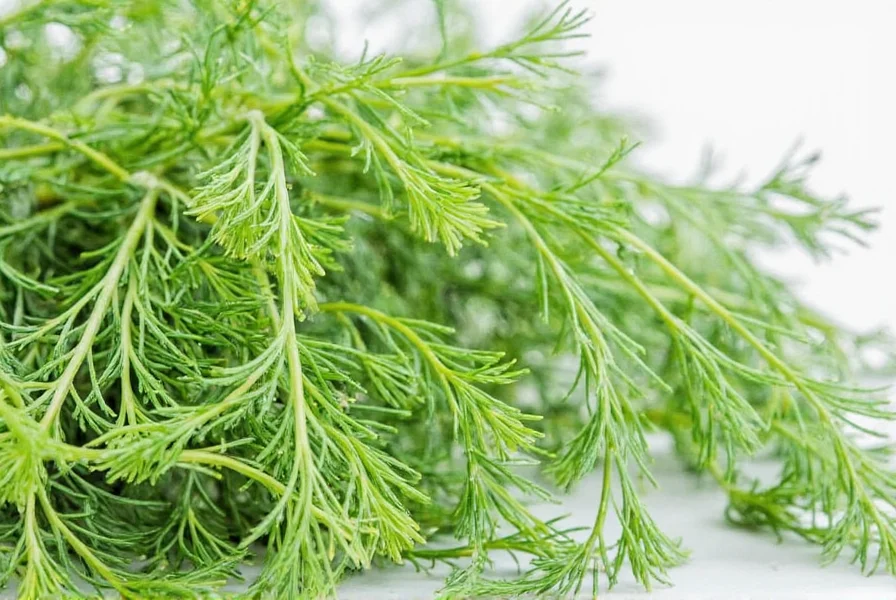
Parsley
Features: Green, leafy herb with a mild, grassy flavor.
Advantages: Versatile and widely available.
Use Cases: Soups, stews, salads, and garnishes.
Target Audience: Everyday home cooks and beginners.
Suitable Occasions: Weeknight meals, holiday sides, and light lunches.
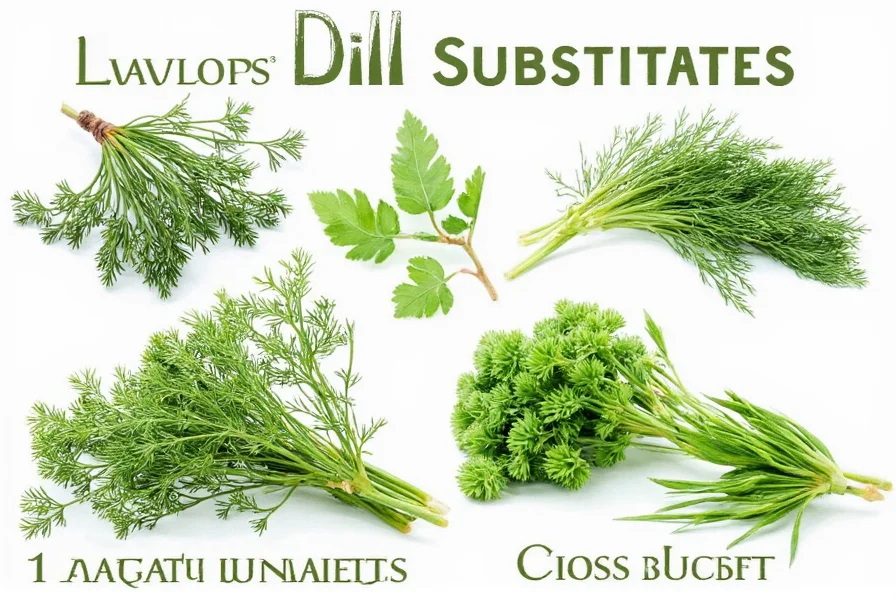
Chervil
Features: Light green, feather-like leaves with a sweet, anise-like flavor.
Advantages: Offers a subtle yet distinctive taste.
Use Cases: Egg dishes, soups, and creamy sauces.
Target Audience: Gourmet chefs and those exploring fine herbs.
Suitable Occasions: Formal dinners, French-inspired meals, and refined cooking.
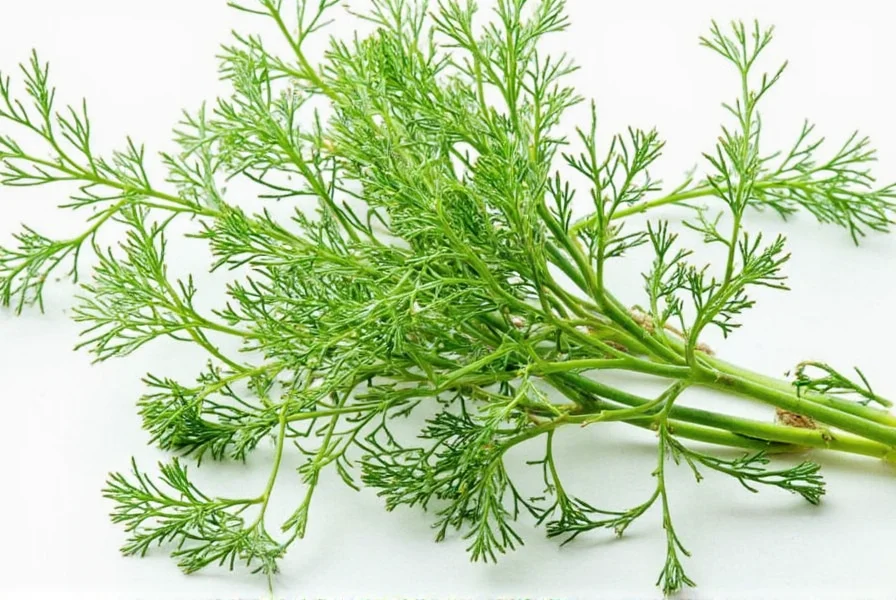
Coriander Seeds
Features: Small, oval seeds with a warm, nutty aroma.
Advantages: Adds depth and warmth to dishes.
Use Cases: Baked goods, stews, and grain dishes.
Target Audience: Bakers and those experimenting with spice blends.
Suitable Occasions: Holiday baking, hearty meals, and comfort food.

Each substitute brings its own unique qualities to the table. Choosing the right one depends on your recipe, personal taste, and the occasion.
Frequently Asked Questions About Dill Substitutes
What's the closest flavor match for dill?
Chervil is generally considered the closest flavor match to dill, with its subtle anise notes and delicate texture. Fennel fronds also provide a similar flavor profile with their mild licorice undertones, though they're slightly stronger than dill.
Can I use dried herbs instead of fresh dill?
Yes, but remember that dried herbs are more concentrated. As a general rule, use 1 teaspoon of dried herb for every 1 tablespoon of fresh herb required. Dried dill weed can work in a pinch, but fresh substitutes like parsley or chervil will provide a brighter flavor.
What's the best substitute for dill in pickling recipes?
For pickling, fennel fronds are your best bet as they provide a similar aromatic quality. You could also try a combination of fresh dill seeds (if available) with a small amount of tarragon for complexity. Avoid cilantro in pickling as its flavor changes dramatically when preserved.
How do I substitute dill in tzatziki sauce?
For tzatziki, fresh dill is ideal, but if you're out, a combination of mint and parsley works well. Use half the amount of mint (as it's stronger) and the full amount of parsley. Chervil is another excellent option if available, using it in equal proportions to dill.
Can I use dill substitute in salmon recipes?
Absolutely. For salmon, fennel fronds are particularly good as they complement the fish's flavor beautifully. Tarragon also works well with salmon, offering a slightly different but equally delicious profile. Use these substitutes in the same quantity as you would dill.
Are there any non-herb substitutes for dill?
While herbs are the best substitutes, in some recipes you can use a combination of lemon zest and celery seed to approximate dill's flavor profile - 1/2 teaspoon lemon zest plus 1/4 teaspoon celery seed can work in soups or dressings when herbs aren't available.
How should I store fresh dill substitutes to keep them fresh longer?
Store most fresh herb substitutes like cilantro, parsley, and fennel fronds in a glass of water in the refrigerator, covered loosely with a plastic bag. Change the water every couple of days. Chervil is more delicate and should be wrapped in a slightly damp paper towel inside a plastic bag.
Conclusion
Understanding dill substitutes is a valuable skill for any cook. Whether you're dealing with a last-minute shortage or simply looking to explore new flavors, having the right knowledge can make all the difference. From cilantro and fennel fronds to parsley and chervil, each option offers a way to keep your dishes flavorful and exciting. By experimenting with these substitutes, you can expand your culinary repertoire and discover new ways to elevate your meals.
So next time you reach for dill, remember that there are plenty of alternatives waiting to bring a fresh twist to your favorite recipes. Happy cooking!
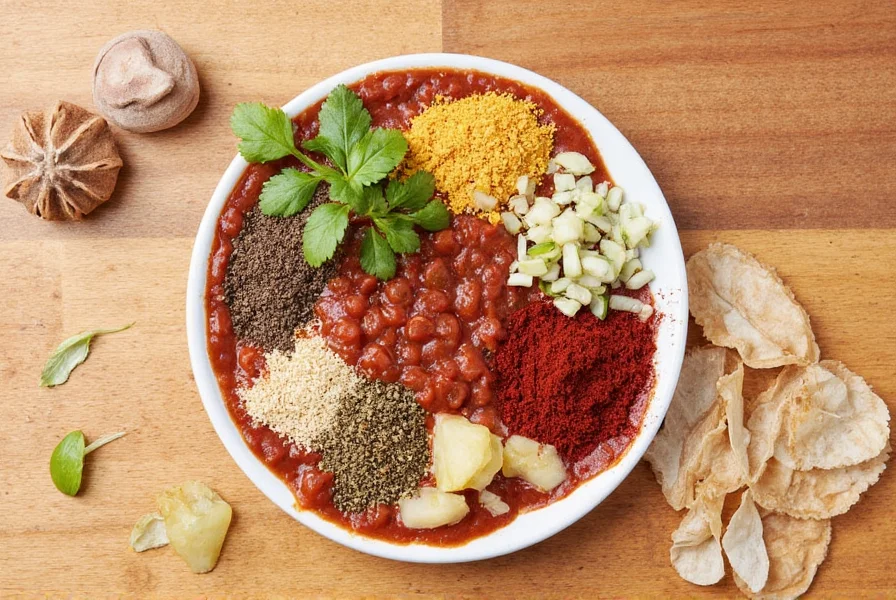

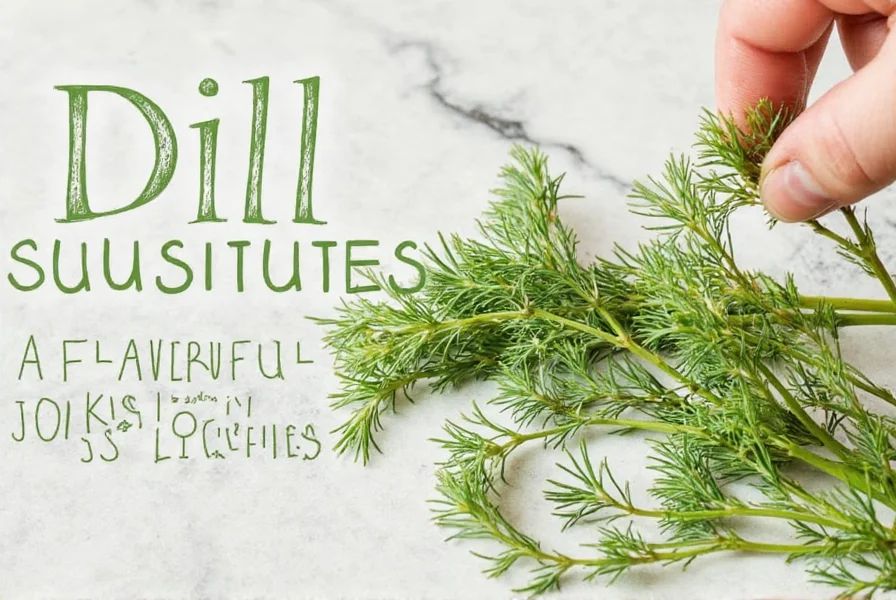









 浙公网安备
33010002000092号
浙公网安备
33010002000092号 浙B2-20120091-4
浙B2-20120091-4